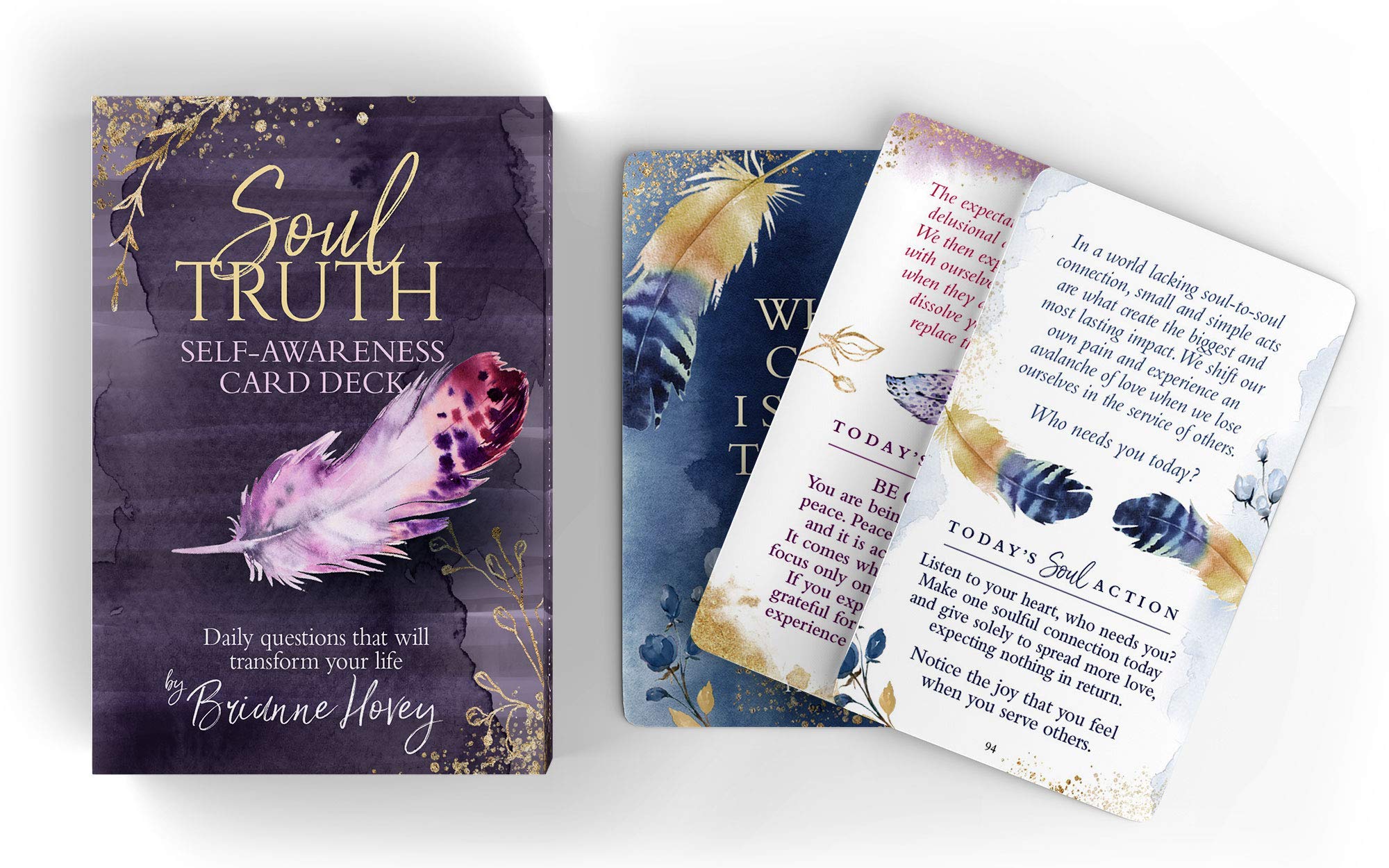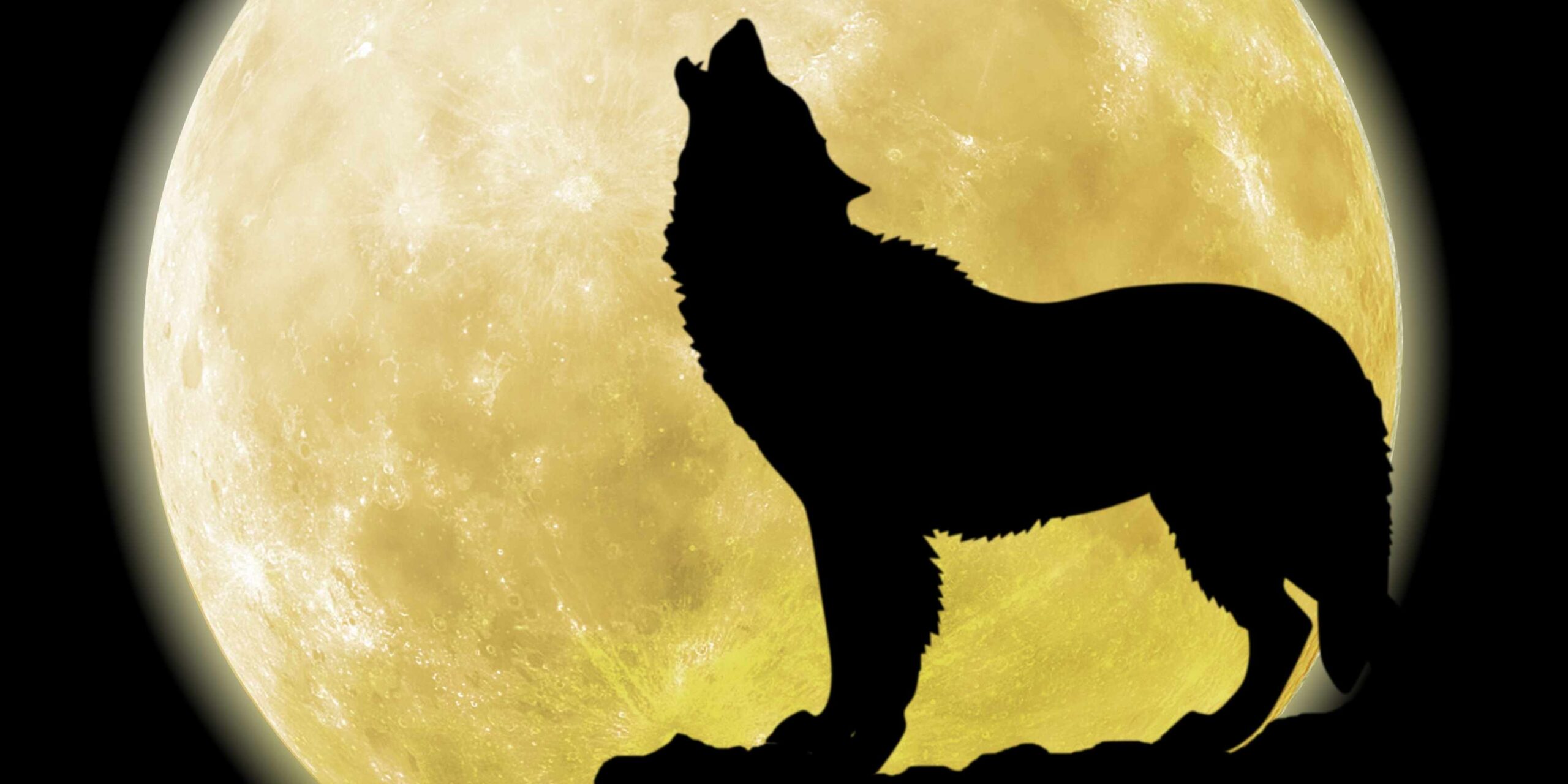For many, this term is used interchangeably – Mabon and the Autumn/Fall Equinox. But are they the same thing? The answer is no, and although they carry similar energies, one of them is more related to the Sun while the other is more related to earth. Understanding both of them is your key to taking full advantage of these energies available to you!
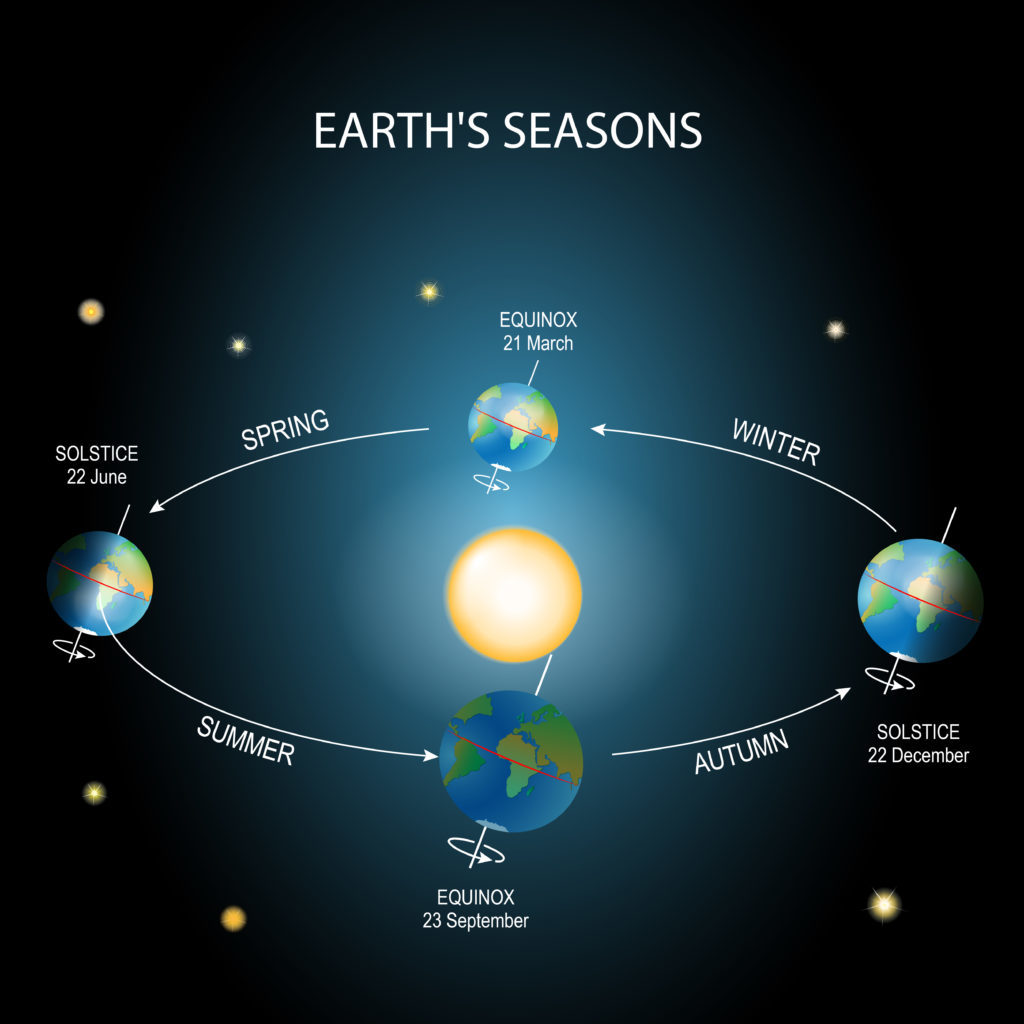
The Autumnal Equinox
The autumnal equinox—also called the September or Fall equinox—is the astronomical start of the fall season in the Northern Hemisphere and the spring season in the Southern Hemisphere. The word “equinox” comes from Latin aequus, meaning “equal,” and nox, “night.” On the equinox, day and night are roughly equal in length. This is a time of balance between day and night, being that at the peak of the equinox, depending on where you leave, you will have 12 hours of daylight and 12 hours of darkness.
After the autumnal equinox, the Sun rises later in the mornings and sets earlier at night. The hours of darkness will become longer and longer, culminating in the Winter Solstice in December, which is the longest night of the year. The Equinoxes and Solstices mark the earth’s journey around the Sun each year and how that journey influences our seasons, weather, and the amount of light available to our planet as a whole. These important dates reflect the relationship between the earth and the Sun.
This celestial event marks a great time to do any personal work for balance. It is a great time to get yourself to a stable place before the madness of the holiday season begins!
 Harvest Season
Harvest Season
Many civilizations have celebrated a harvest festival around the equinox. In the 1700s, the Bavarians (part of present-day Germany) began a festival in the last week of September. They called this festival Oktoberfest. The festival had lots of feasting and celebrating. Oktoberfest is still celebrated in Bavaria today.
One of the most important traditional holidays in China, Taiwan, and Vietnam is the harvest celebration. It is also known as the Moon Festival because it coincides with the full moon on the 15th day of the eighth lunar month; special delicacies called “mooncakes” are prepared during this time. Ceremonies are held to give thanks for the harvest and encourage the harvest-giving light to return in the coming year. It is a time of family gatherings, matchmaking, and public celebrations.
The Ewe people of Ghana celebrate the end of the rainy season and the first appearance of yams, a staple crop. The duration and exact days of the celebration vary according to place, but regardless of the manifestation, the festival is held in hopes of averting famine in the coming year. Huge feasts and activities such as dances and parades are held. Similar festivals are held in Papua New Guinea and Nigeria.
 Mabon
Mabon
Many cultures see the second harvest and equinox as a time for giving thanks. This time of year is when farmers know how well their summer crops did and how well fed their animals have become. This determines whether you and your family would have enough food for the winter. That is why people gave thanks around this time for their crops, animals, and food.
The original American Thanksgiving was celebrated on October 3, which makes more sense with harvest times. But, unfortunately, by the end of November, there’s not that much left to harvest.
The name Mabon comes from the Welsh God, who was the son of the Earth Mother Goddess. However, there is evidence that the name was adopted in the 1970s, and the holiday was not originally a Celtic celebration.
Mabon may begin around the time of the Equinox, but it lasts for about a week; this year, it will be from September 21 thru the 29th. There is a small misconception that Mabon is a one-day celebration, but it is actually a week long. In terms of pagan festivals, this means an entire week packed with gratitude, family, and coming together. This celebration focuses on mother earth and how much she is given us for our survival. Unlike the Equinox, which focuses on the relationship of Earth and the Sun, Mabon is about the Harvest that the earth has gifted us.
Celebrating the Season
Whether you choose to celebrate the equinox, Mabon, or both, there are many ways to take advantage of this energy to enrich your life!
- Balance – take the time to get balanced! Whether you are looking at a chakra balance or elemental balance, this is the time to get your energy clear before the holidays hit. For ideas, check out my video lesson on Balance!
- Family Meals – this is a time to share with family and friends. This is a season that celebrates community. In ancient times, it took the entire village to work together from spring to fall to grow crops and harvest all the food that would sustain the village through the winter. It is a time to thank family and friends and their contributions to our lives every day through the year.
- Gratitude – A gratitude ceremony is very much a big part of this time of year. A chance to look back and be grateful for everything that has helped us navigate the year. For more information, check out my video lesson and developing a gratitude practice.
- Apple picking – a traditional fall activity, connects you to the energy of the planet and the community. Bring friends and family to so you can all celebrate together!
- Charity – this is the time of year to volunteer at your local shelter, senior center, or food bank. If you cannot volunteer – consider making a Mabon donation to any community cause. This is definitely a way to give thanks!
- Go on a Hike – There is nothing like hiking to connect with nature and the season. The best time to go is from September 24th thru the 27th to really connect with the seasonal energetic shift!
- Celebrate the Harvest Full Moon – the Harvest Moon takes place on September 20th, starting at 7:55 pm. This full moon will be in Pisces and add the energy of Fall to it, and it is a time to connect with and give thanks to all of your Spirit Helpers for all they do to you!
- Mabon Celebration – Celebrate Mabon with this 2021 Solitary Mabon Ceremony for our sister site Raven Moonlight Botanicals!
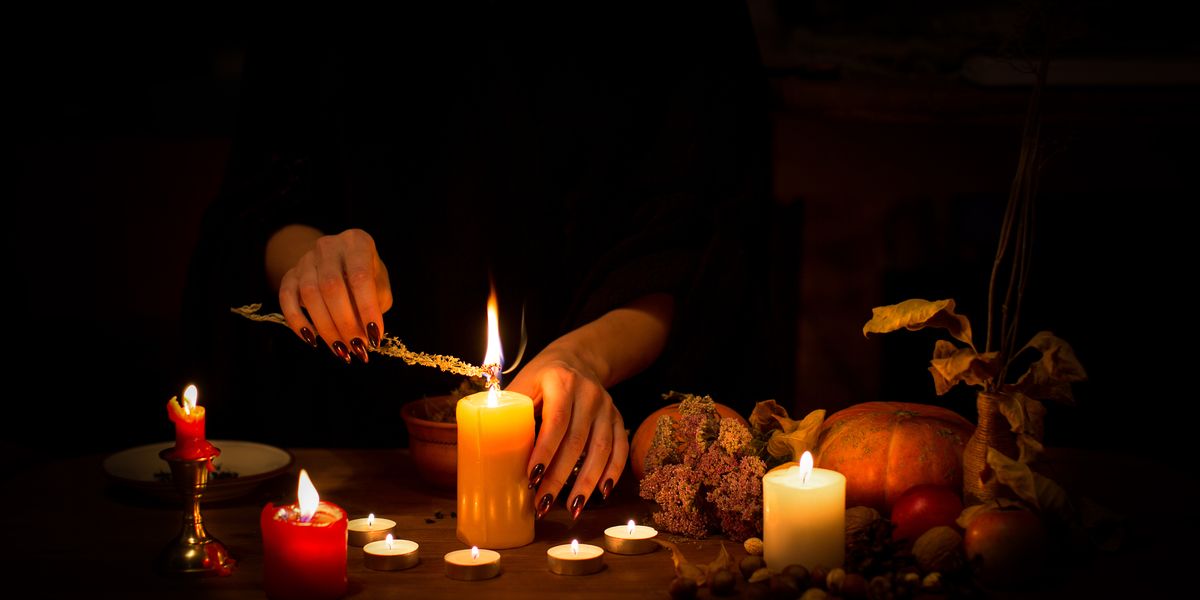

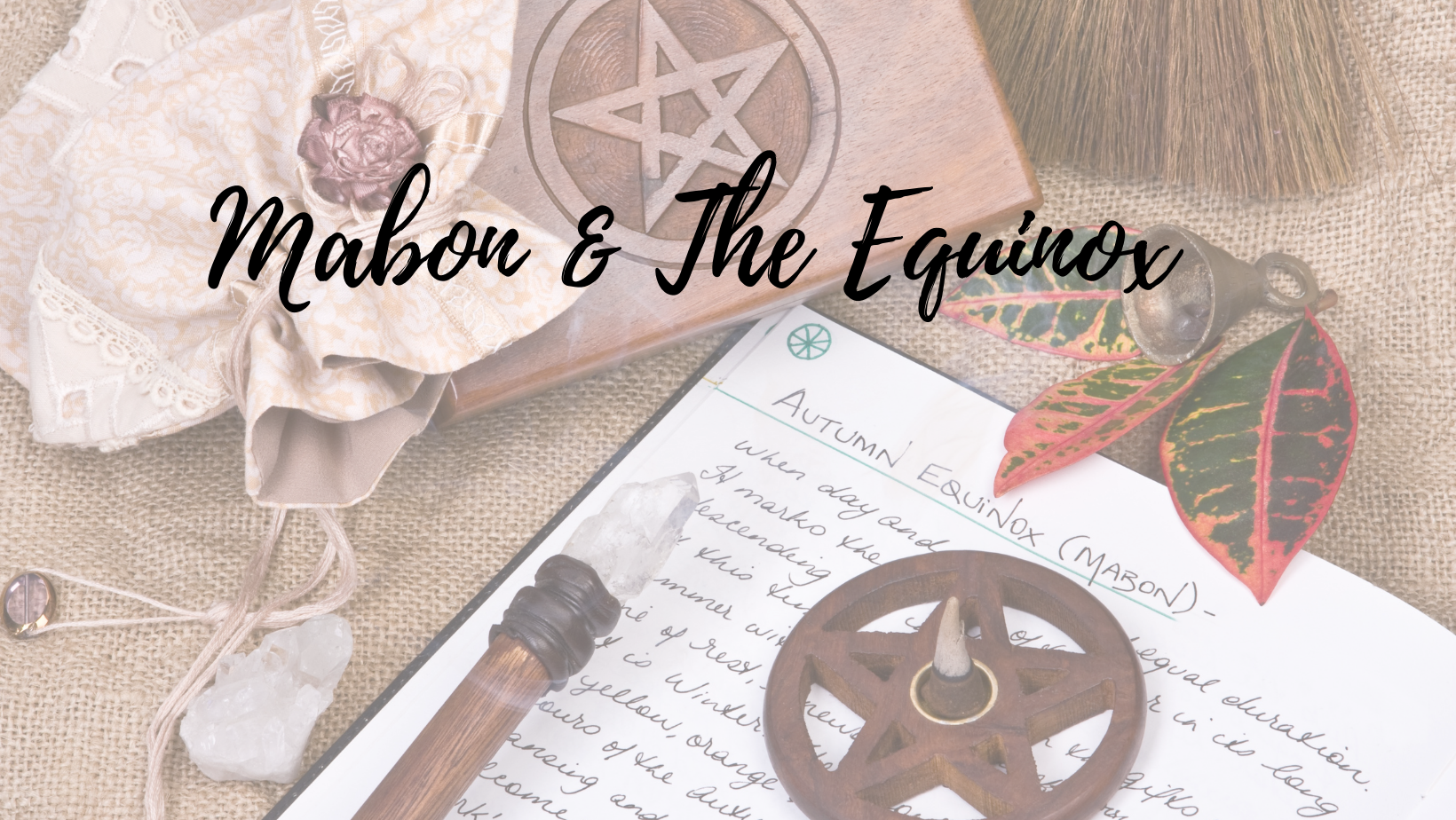
:max_bytes(150000):strip_icc()/Cornucopia_1500-56a6df2c5f9b58b7d0e53314.jpg) Harvest Season
Harvest Season Mabon
Mabon